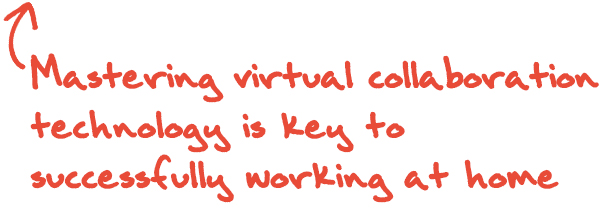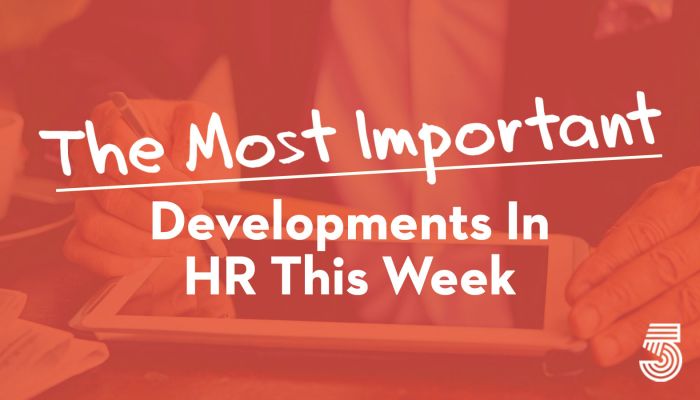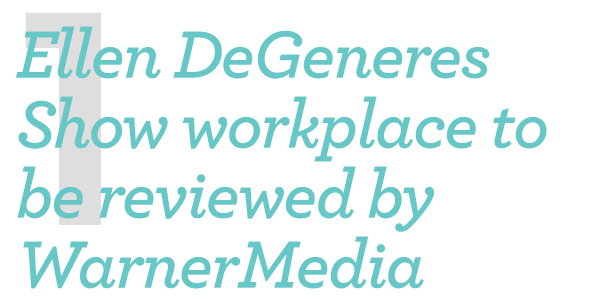
WarnerMedia has started an investigation into the workplace environment of “The Ellen DeGeneres Show.” The decision to start the review followed the publication of articles that included allegations from current and former employees of discrimination and mistreatment. BuzzFeed News published an article this month that described what it called a “toxic work culture.” In the article, former staff members said they faced “racism, fear and intimidation” and laid most of the blame on three of the show’s executive producers, Ed Glavin, Mary Connelly, and Andy Lassner. Former employees said they were fired for taking time off for medical leave or bereavement. Black employees said they experienced racist comments. One said that one of the show’s writers had told her, “I’m sorry, I only know the names of the white people who work here.” The New York Times
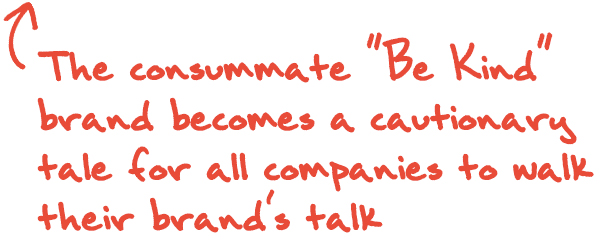
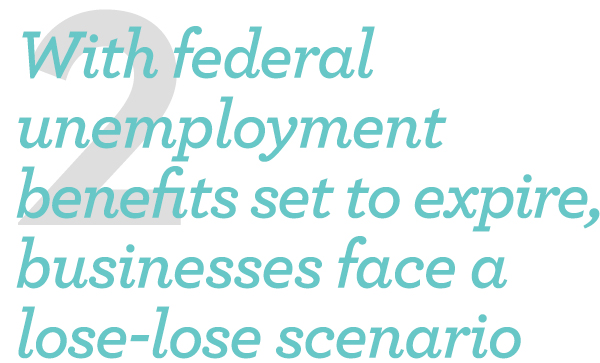
Congress is meeting this week and next to hammer out a new relief measure that may carry an extension of the Cares Act provision, which offers those collecting unemployment insurance benefits an additional $600 per week, on top of funds already provided by the state. That provision is due to expire at the end of July. The stakes are high. For the 32 million Americans now collecting unemployment benefits, a loss of the subsidy could mean not being able to pay their rent or mortgage or make car payments or even purchase groceries. For business owners, the consequences of losing the subsidy are murkier. Technically, employees who refuse work are supposed to lose benefits. Yet if the subsidy were to expire without anything to replace it, some fear a far worse eventuality. If millions of Americans suddenly have less money to spend, they’ll likely be less inclined to make discretionary purchases — and that could further depress businesses and the economy more generally. Inc.

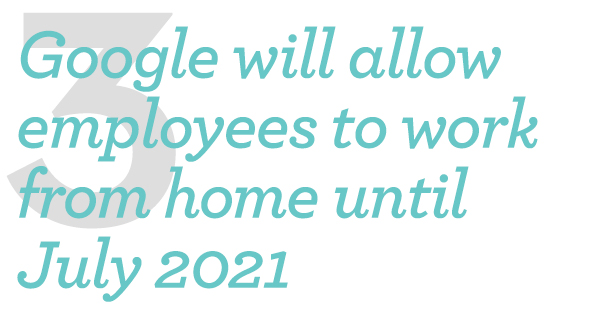
Alphabet Inc.’s Google will let employees work from home until July 2021, once again pushing back the re-opening of its offices as the coronavirus continues to rage in many parts of the U.S. The company had previously said workers could stay home until the end of this year. The change was made to help them plan ahead and applies worldwide, Chief Executive Officer Sundar Pichai wrote in an email sent to employees on Monday. Many school districts have said they won’t open in time for the new academic year, leaving parents facing the prospect of managing their kids while also trying to work. “I hope this will offer the flexibility you need to balance work with taking care of yourselves and your loved ones over the next 12 months,” Pichai wrote. Fortune
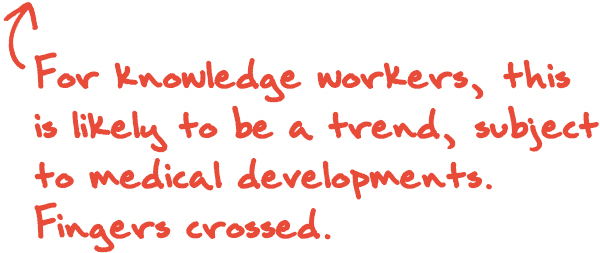
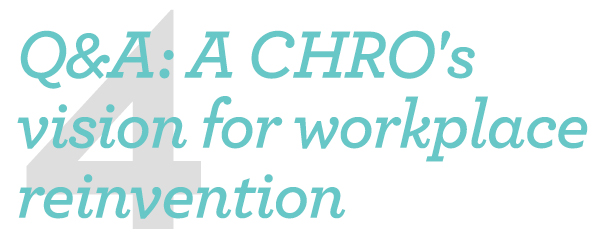
When Erica Volini, global human capital leader at Deloitte, considers our current environment, she sees unlimited potential. In her recent Knowledge 2020 presentation, she shared her thoughts on how HR leaders can take advantage of this once-in-a-lifetime opportunity for lasting, positive change in the workplace and beyond. The biggest lessons right now for CHROs? “First, we’ve seen the true potential of the workforce. We’ve seen workers adapt quickly to new ways of working and into new roles and responsibilities. We’ve also seen the power of how humans and technology can come together to solve massive problems. We have validated the needs for humans at work, which hopefully takes us out of the rhetoric around “robots are taking all the jobs” that we’ve all been inundated with. Third, we’ve learned that well-being is a serious issue not just for some workers but for all of us. This crisis has spurred a call to action for organizations to really focus on well-being — not just to invest in well-being programs on the side, but to think about how to integrate well-being into the work itself.” Forbes
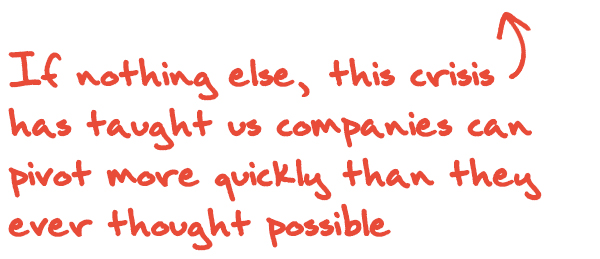
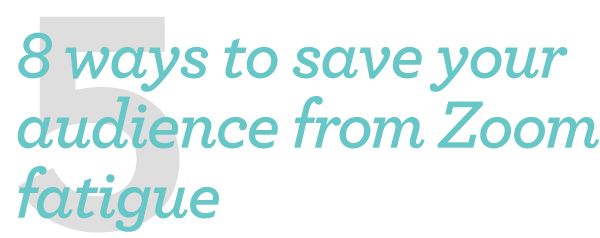
Anyone who has experienced Zoom fatigue knows how debilitating it can be. After a morning of back-to-back video calls, we often feel sleepy and disengaged. But it’s not our fault. Here’s why: In face-to-face situations we connect through both words and physical or nonverbal cues, including vocal expression, eye contact, facial movements, gestures, and stance. That connection is weakened in virtual communication. The audience can’t hear slight modulations in the speaker’s voice, can’t clearly see facial expressions or read body language. This lack of connection forces the listener to work harder, which is exhausting. But there is a way out. Here are eight ways to energize your audience and keep them from experiencing this fatigue: Master the technology you’re using, connect with everyone and call them by name, have a message, don’t read slides, listen to the room, be physically present, avoid a monotone voice. Fast Company
